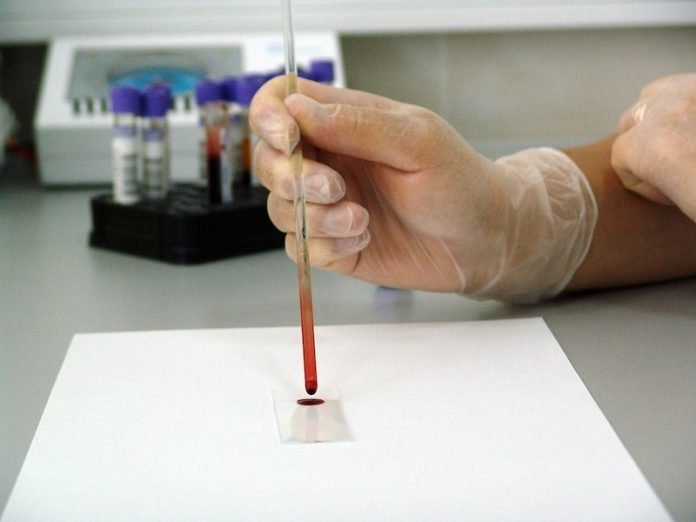
In a new study, researchers found that the amount of remnant cholesterol in the blood, the so-called ugly cholesterol, is much higher than previously believed.
The discovery may have implications for future prevention and treatment of heart disease.
The research was conducted by a team from the University of Copenhagen and Copenhagen University Hospital.
There are three kinds of cholesterol:
Remnant cholesterol = ugly cholesterol: the cholesterol content in triglyceride-rich lipoproteins or remnant particles. Elevated remnant cholesterol leads to heart disease.
LDL cholesterol = bad cholesterol: the cholesterol content in low-density lipoprotein (LDL). Elevated LDL cholesterol leads to heart disease.
HDL cholesterol = “good” cholesterol = innocent cholesterol: the cholesterol content in high-density lipoprotein (HDL). Levels of HDL cholesterol does not affect heart disease risk.
In the study, the team shows that a completely different type of cholesterol may be more responsible than previously assumed.
What they focused on is remnant cholesterol—also known as ugly cholesterol.
To their surprise, the amount of remnant cholesterol in the blood of adult Danes is much higher than previously believed.
From the age of 20 until the age of 60, the amount in the blood is constantly increasing, and for many people, it remains at a high level for the rest of their lives.
The findings show that the amount of remnant cholesterol in the blood of adult Danes is just as high as the amount of bad LDL cholesterol.
The team suggests that prevention of heart attack and stroke should not just focus on reducing the bad LDL cholesterol, but also on reducing remnant cholesterol and triglycerides.
The results are based on data from people from the Copenhagen General Population Study.
The lead author of the study is Professor and Chief Physician Børge Nordestgaard from the University of Copenhagen and Copenhagen University Hospital.
The study is published in Atherosclerosis.
Copyright © 2019 Knowridge Science Report. All rights reserved.



